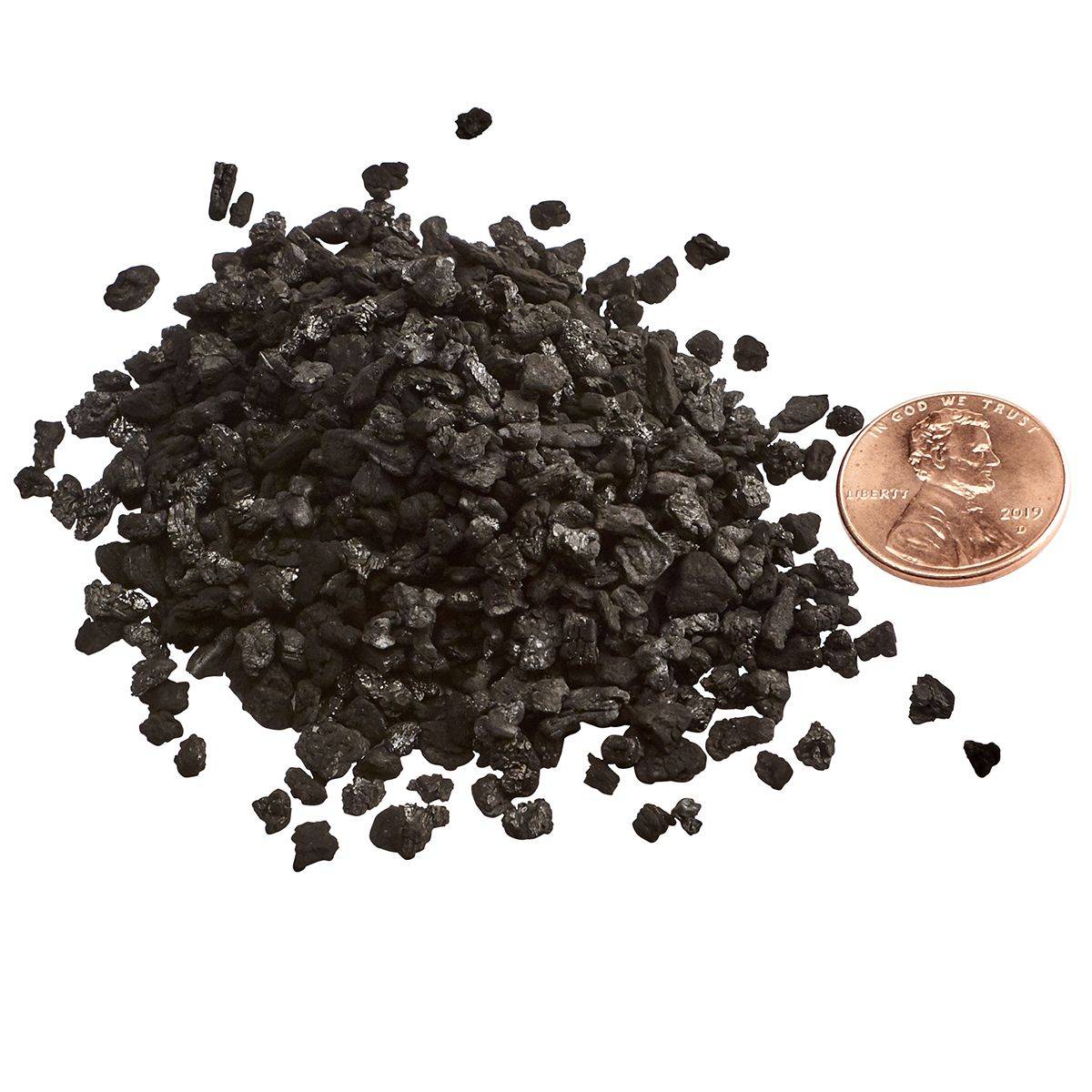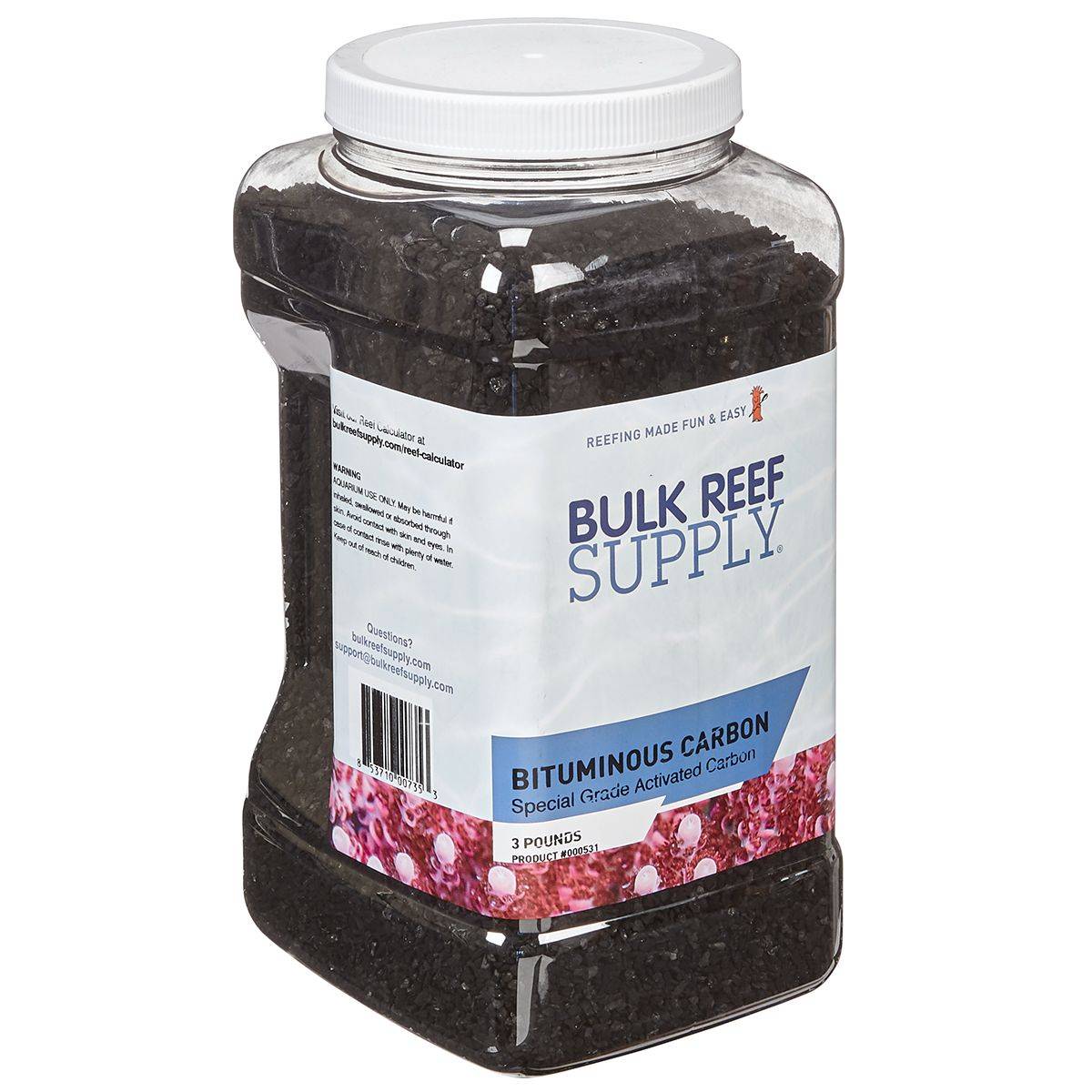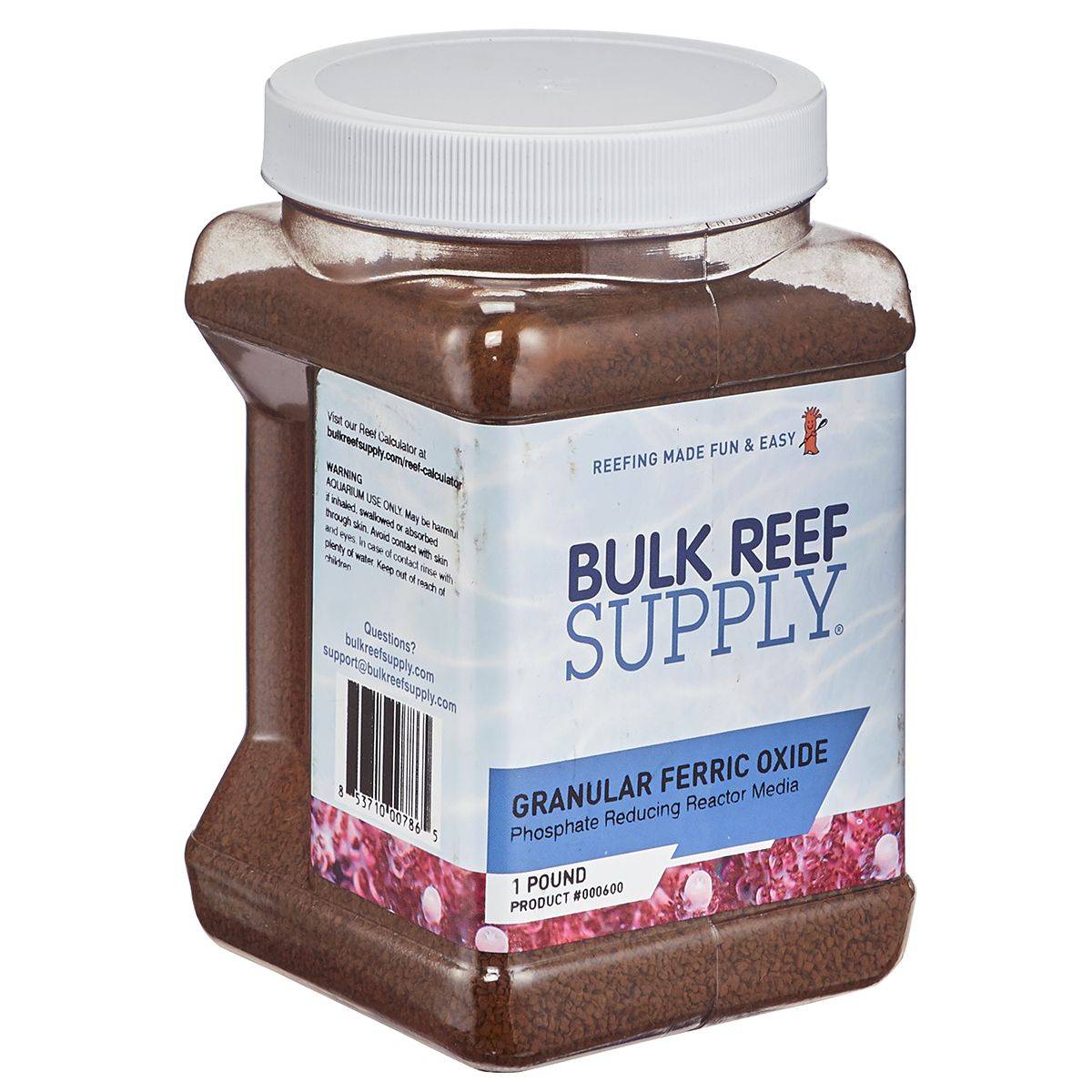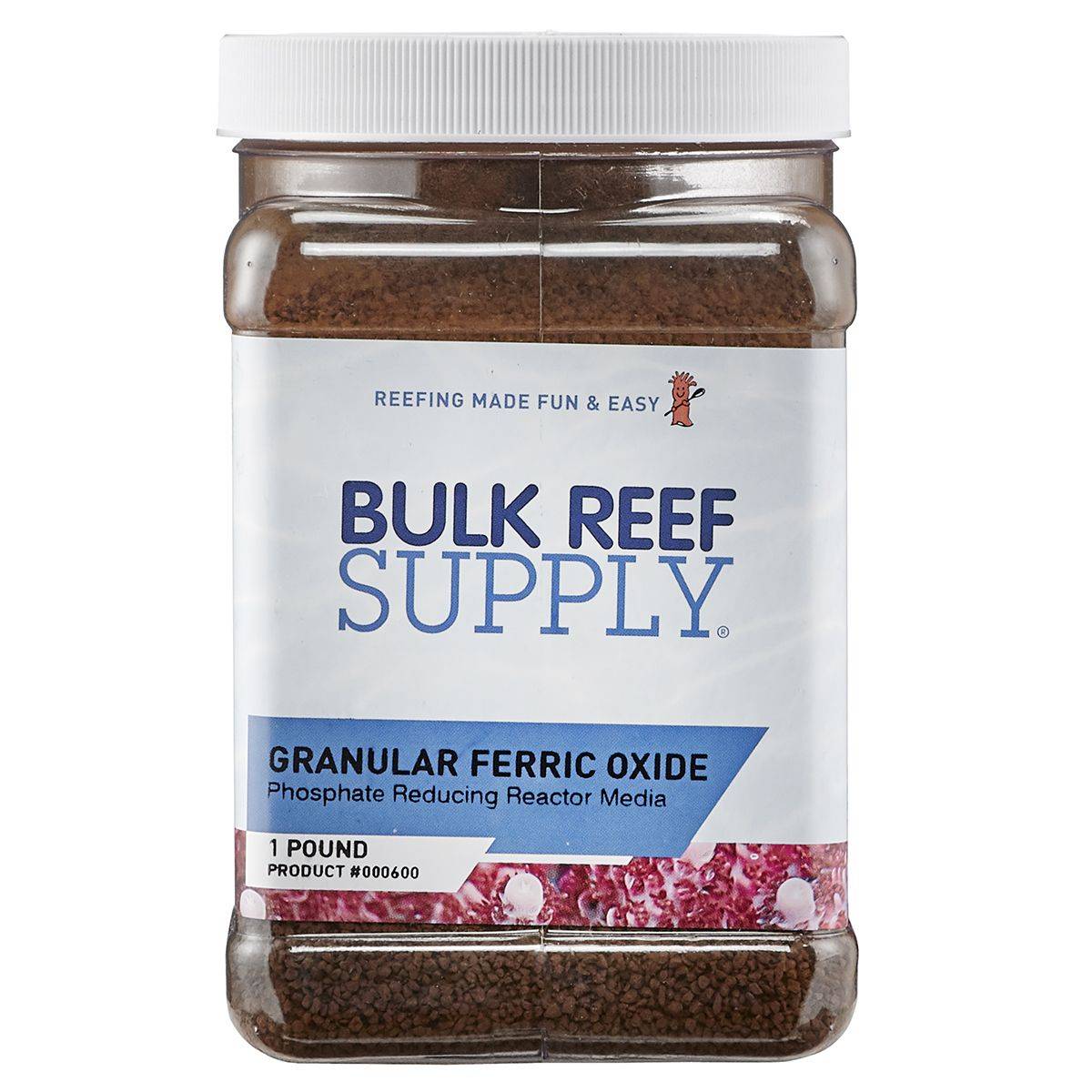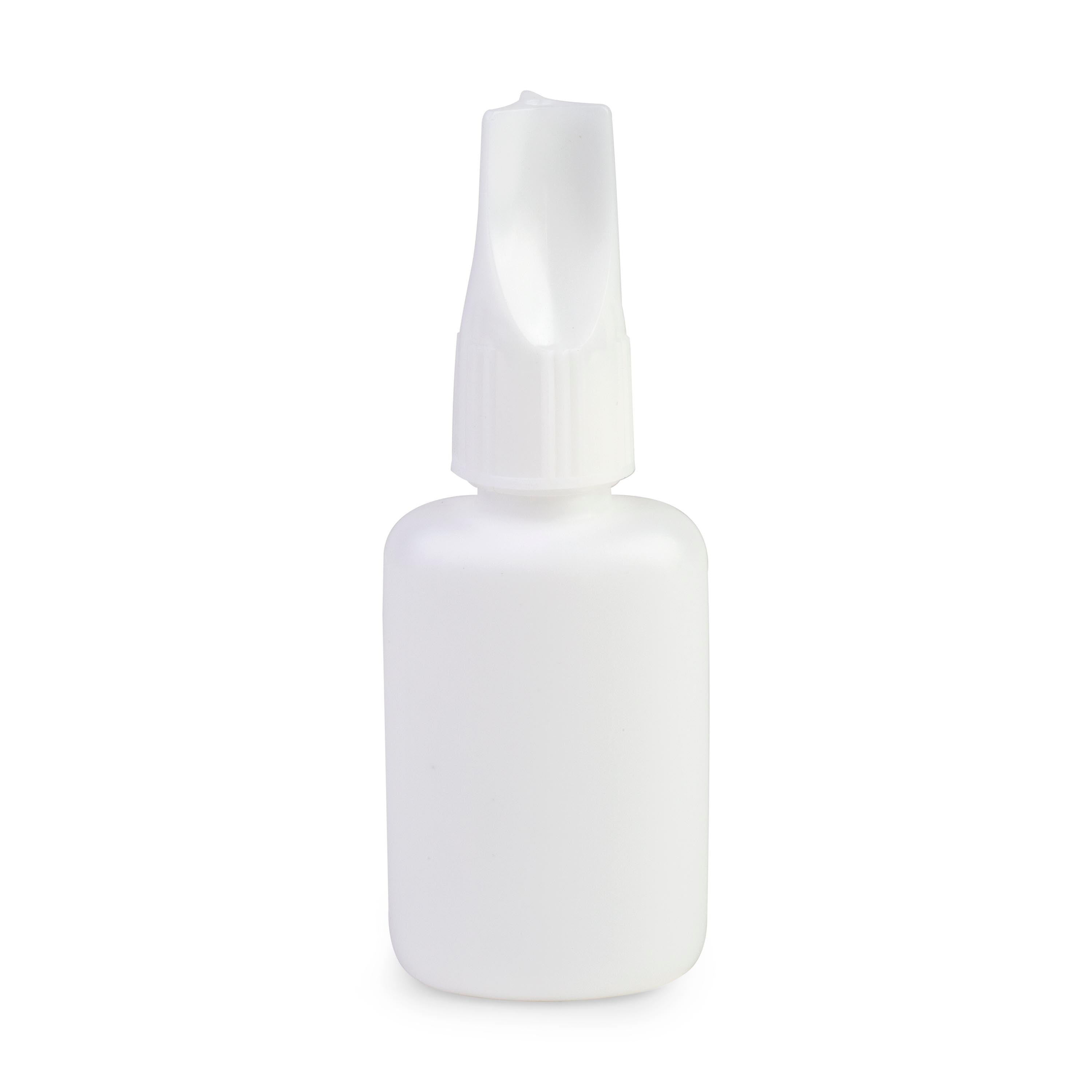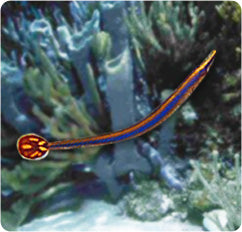
Blue Stripe Pipefish (Doryrhamphus excisus
Max Size: 3 inches
Diet: Carnivore
Temperament: Peaceful
Reef Compatible: With Caution. May be harmed by stinging corals and crabs.
Minimum Tank Size: 30 gallons
The Bluestripe Pipefish is the smallest among the reef pipefishes that are commonly kept in aquariums. It possesses a long, slender body, a tiny tubular mouth, and a round, flag-like tail. Its body showcases an orange hue with distinct blue stripes on each side, running from snout to tail. The tail itself varies in color, ranging from maroon to red with yellow, orange, and white markings.
Due to their small size and specific requirements, we recommend that only experienced aquarists consider keeping Bluestripe Pipefish. They typically prefer a diet consisting of Cyclops, small Mysis, and Nutramar Ova.
For feeding Bluestripe Pipefish, we recommend AlgaGen Tisbe biminiensis, which provides suitable nutrition.
In an aquarium, it is best to keep this species in mated pairs or in a harem consisting of one male and multiple females. Males are territorial and will not tolerate the presence of other males. If introducing multiple Bluestripe Pipefish to the tank, it is advisable to add them simultaneously.
During an intricate courtship dance, the female attaches her adhesive eggs to the concave area on the male's underside trunk. In a well-fed aquarium, a mated pair will regularly mate. Determining gender can be challenging, but mature males typically display a flattened appearance due to the brood patch, while females are more rounded. Using a magnifying glass, one can observe opaque papillae on the snouts of mature males.
Bluestripe Pipefish can coexist with small, timid fish such as small gobies, seahorses, dragonets, and firefish. However, they are not compatible with aggressive, territorial, or fast-moving fish. Care should be taken to avoid housing them with anemones and corals with stinging tentacles or large corals that could consume them, such as brain corals. Additionally, they may be at risk from invertebrates such as crabs and large shrimp. These pipefish are typically seen swimming vertically behind a pipe or upside-down under a rock ledge during daylight hours. At dawn and dusk, they venture out in the open in search of food.


